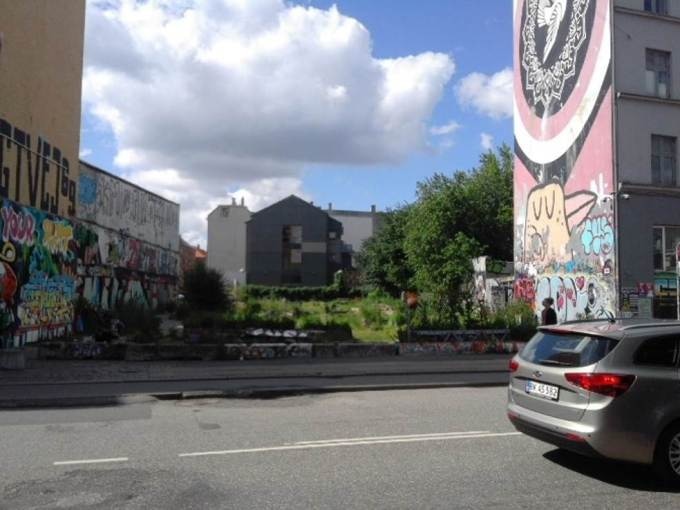Jun 19 2019
Scientists at the University of Copenhagen and Universidad Politécnica de Madrid jointly assessed the use of edible plants in the biomonitoring of air pollution.
 Urban garden in Copenhagen (Image credit: Miguel Izquierdo)
Urban garden in Copenhagen (Image credit: Miguel Izquierdo)
In general, although physiochemical methods and equipment have been used to indicate the air quality levels, they are complicated to use and can only offer certain measures. A scientific group under the guidance of Universidad Politécnica de Madrid (UPM), together with scientists from the University of Copenhagen, has designed a new technique based on passive monitoring of plants in urban areas to obtain data in a simple and cost-effective way.
This monitoring considers the environmental factors of exposure with a broad spatiotemporal resolution. Hence, urban gardens may also be used as an indicator for controlling air quality.
Air pollution is a growing concern owing to its hazardous effects on human health and the environment. Therefore, it would be easy to design air quality monitoring systems that are economical, simple, and accurate enough.
For this purpose, a group of Spanish and Danish scientists performed research to estimate the prospects of edible plant species in urban gardens as bioindicators of air pollution. In particular, this work aimed at monitoring air pollution related to metalloids and heavy metals using edible plant species grown in urban gardens.
Scientists also used a clean substrate to analyze whether the food produced in an urban area is appropriate for human consumption since earlier studies conducted by the UPM research group of Prospecting and Environment (PROMEDIAM) had shown that certain urban areas could be unsuitable for urban agriculture.
This research was carried out in Copenhagen. In total, three exposure sites were chosen based on different air pollution levels: the first site was situated near a road with high traffic density, the second site was in a park isolated by a vegetal wall in a low-density traffic road, and the third one was in air-filtered climate chamber as the control site.
Scientists used two plant species (rapeseed and kale) and two kinds of substrates (vermiculite and peat). Following three weeks of exposure in the different sites, the concentration of 27 elements in the collected samples was analyzed.
The study findings revealed that the plants found near the road exhibited more traffic-related element contents and were rich in marine aerosol. Since the concentration of lead and cadmium was no more than the European legal maximum levels for vegetables, their intake was found to be safe for human health.
The chosen species can also possibly be used as bioindicators by indicating the air pollution levels in their environment. Miguel Izquierdo, a UPM scientist and one of the authors of this study, described, “These findings lead to the conclusion that the analysis of atmospheric particles absorbed and deposited on edible plants could be an easy, economical, and reliable technique to biomonitor atmospheric particulate pollution in urban environments.”
These study outcomes are anticipated to help urban agriculture by implementing appropriate security measures and improving sustainable urban development, environmental protection, and combat against food insecurity and climate change.